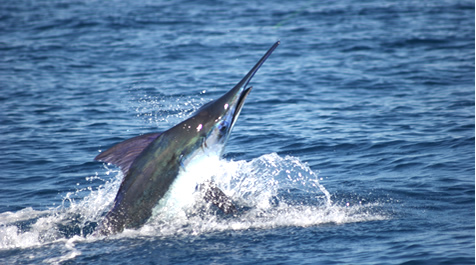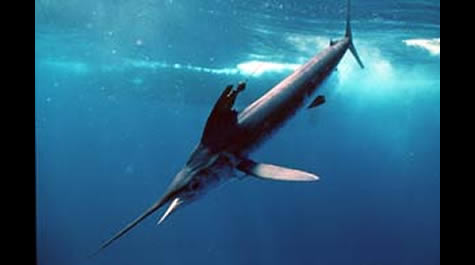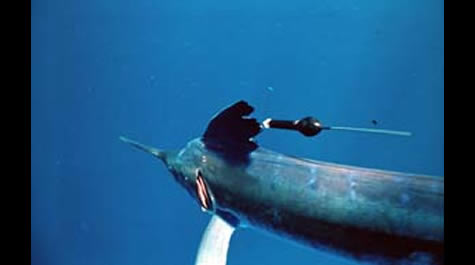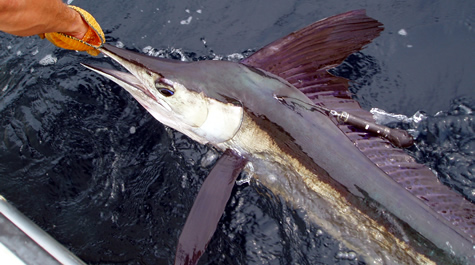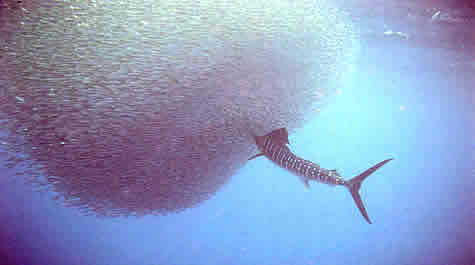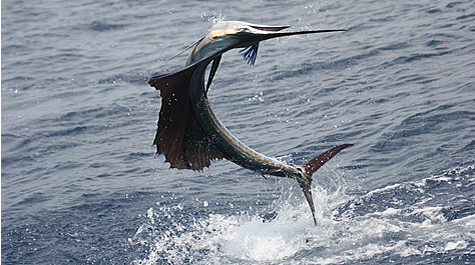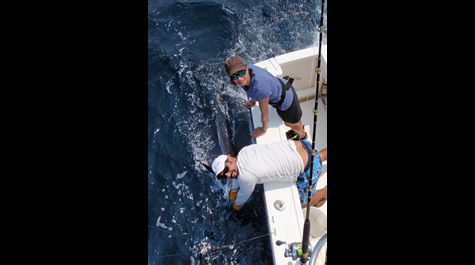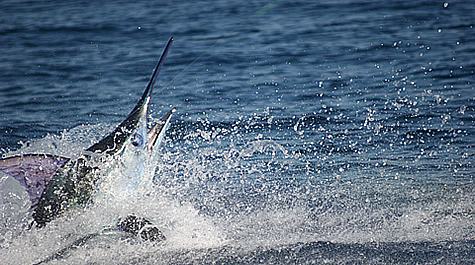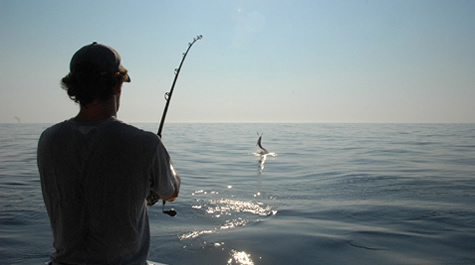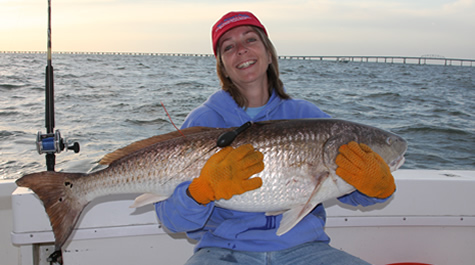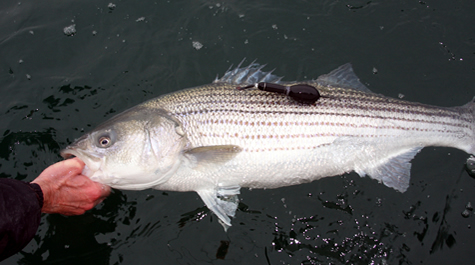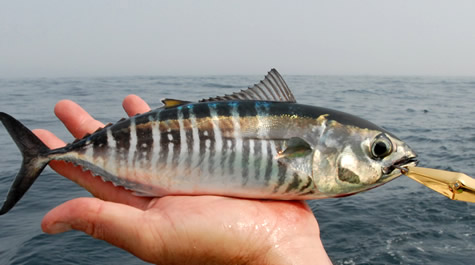Pelagic Fishes
- PDF: Graves et al. 2002
- PDF: Slide 2: Horodysky et al. 2007
- PDF: Slide 3: Horodysky and Graves 2005
- PDF: Slide 4: Graves and Horodysky 2008
- PDF: Slides 5 & 6: Kerstetter and Graves 2008
- PDF: Slides 7 & 8: Graves and Horodysky 2010
- PDF: Slide 10: Graves et al. 2002
- PDF: Slide 15: Graves et al. 2009
- PDF: Slide 16: Dickhut et al. 2009
Pelagic fishes support important commercial and recreational fisheries throughout the world’s oceans. Effective management of these international resources requires solid scientific advice. For the past several years we have undertaken a variety of investigations that address specific management issues of pelagic species, and we have been proactive in providing the results of our studies to management agencies at the national and international levels. A major focus of our research has been to quantify post-release mortality for a variety of pelagic fishes caught on pelagic longline and recreational fishing gears, with a goal developing means to reduce bycatch mortality.
Current Studies
- Use of organochlorine tracer analysis to determine the magnitude and temporal variation of mixing rates of juvenile eastern and western Atlantic bluefin tuna
- Post-release mortality of large school and small medium Atlantic bluefin tuna caught in the U.S. recreational fishery
- Movement and habitat utilization of white marlin in the western North Atlantic
Previous Studies
Post-release survival
- Blue marlin
- Pelagic longline fishery
- Recreational fishery
- Bermuda troll fishery
- Circle hooks and J hooks with natural baits
- White marlin
- Pelagic longline fishery
- Recreational fishery
- Circle hooks and J hooks with natural baits
- Three models of circle hooks with natural baits
- Effects of fight time and handling on post-release survival
- Sailfish
- Pelagic longline fishery
Catch rates of circle hooks and J hooks in the pelagic longline fishery
- U.S. Atlantic fishery
- Brazilian equatorial fishery
- Venezuelan live bait fishery


